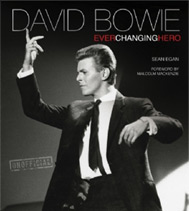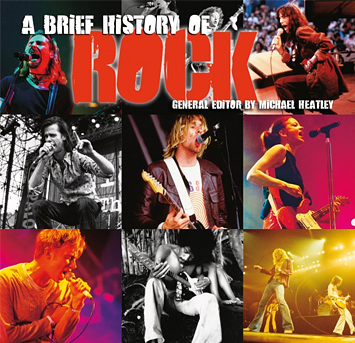(Ar’-vo Pairt) b. 1935 Estonian composer Pärt initially wrote in a neo-classical style, gradually shifting to serial techniques as previously banned scores filtered into the country. Works such as Perpetuum mobile (‘Continuous Motion’, 1963) attracted the wrath of the state. A love of Baroque music and particularly J. S. Bach is revealed in works such as Collage teemal B-A-C-H (1964). ...
Contemporary music whose ancestry lies in the Western classical tradition finds itself in a curious position. Nothing illustrates this better than the fact that we are not entirely sure what to call it. The label ‘classical’ seems anachronistic, especially when applied to composers who have challenged some of the fundamental assumptions of the classical tradition. ‘Concert music’ is similarly problematic ...
Composers of the twentieth century and up to the present have often been drawn to the music of the medieval and Renaissance periods. A relatively early example is Igor Stravinsky (1882–1971), who became interested in the fourteenth-century technique of hocket and in the harmonic experiments of the Italian composer Carlo Gesualdo (c. 1561–1613). Hocket has since inspired many composers, both ...
After the devastation wrought in Europe by World War II, the urgent task of rebuilding the continent’s war-torn urban fabric demanded radical solutions. These were found in the centralized urban planning advocated before the war by architects such as Le Corbusier and Ludwig Mies van der Rohe. Writing in 1953, the composer Karlheinz Stockhausen (1928–2007) created an explicit analogy ...
b. 1944 English composer The influence of Cage and Feldman can be heard in Nyman’s creation of elastic, intuitive sound-worlds. 1–100 (1976) is simply a series of 100 chords descending through a circle of fourths. Nyman’s early music is full of allusions to and quotations from music of the past, in addition to the use of amplification and rhythms ...
The Contemporary era can be dated back to Anton Webern’s death in September 1945. Webern’s influence on the generation of post-Second World War composers means that much of the music from the 1950s sounds more modern than music from the last 20 years. Composers such as Karlheinz Stockhausen (b. 1928) and Pierre Boulez (b. 1925) extended the 12-note, or serial ...
AUTHORITATIVE
An extensive music information resource, bringing together the talents and expertise of a wide range of editors and musicologists, including Stanley Sadie, Charles Wilson, Paul Du Noyer, Tony Byworth, Bob Allen, Howard Mandel, Cliff Douse, William Schafer, John Wilson...
CURATED
Classical, Rock, Blues, Jazz, Country and more. Flame Tree has been making encyclopaedias and guides about music for over 20 years. Now Flame Tree Pro brings together a huge canon of carefully curated information on genres, styles, artists and instruments. It's a perfect tool for study, and entertaining too, a great companion to our music books.

David Bowie
Fantastic new, unofficial biography covers
his life, music, art and movies, with a
sweep of incredible photographs.


